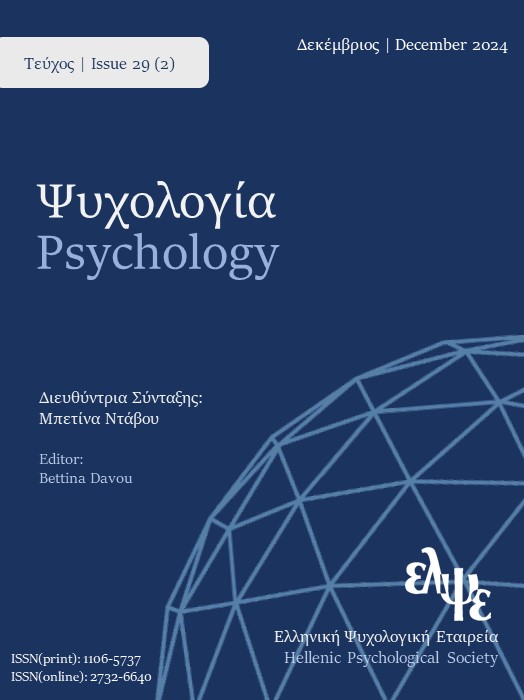Adolescents’ possible selves, motivation and academic achievement: A literature review

Abstract
Possible selves are defined as the cognitive representations of future desires and fears that people have for themselves, and they are acknowledged as having motivational power. The present literature review addresses the content, factors, and importance of possible selves during adolescence, focusing on academic possible selves, which are the future images in the academic domain related to academic achievement, studies, and academic choices. Specifically, it explores the factors and procedures that facilitate the motivational power of academic possible selves and their link to positive academic outcomes, focusing on Oyserman’s identity-based motivation theory (2007, 2015). According to existing literature, the academic domain is commonly reported in adolescents’ possible selves, and academic possible selves are connected to positive development, especially for students from disadvantaged environments. However, in order academic possible selves to contribute to the academic self-regulation, they need to be linked with strategies, experienced as congruent with social identities and relevant to present actions, accompanied by motivating beliefs such as interpretation of difficulty as importance and self-efficacy beliefs, and supported by students’ social contexts. The conclusions of the review emphasize the necessity of implementing relevant interventions, especially for students living in less supportive environments. Additionally, they highlight the need for conducting relevant research and addressing implications for practice within the Greek context.
Article Details
- How to Cite
-
Efthymiadou, E., & Gonida, E. N. (2024). Adolescents’ possible selves, motivation and academic achievement: A literature review. Psychology: The Journal of the Hellenic Psychological Society, 29(2), 185–209. https://doi.org/10.12681/psy_hps.37253
- Section
- REVIEWS

This work is licensed under a Creative Commons Attribution-ShareAlike 4.0 International License.
The journal PSYCHOLOGY adopts a Platinum open-access policy. Submission, processing or publication costs are waived by the Hellenic Psychological Society. Papers published in the journal PSYCHOLOGY are licensed under a 'Creative Commons Attribution-ShareAlike 4.0 International' licence. The authors reserve the copyright of their work and grant the journal the right of its first publication. Third-party licensees are allowed to use the published paper immediately after publication as they wish, provided they retain the defined by the license copyright formalities, regarding the reference to its author(s) and its initial publication in the journal PSYCHOLOGY. Moreover, any adjusted work should be shared under the same reuse rights, so with the same CC license.


